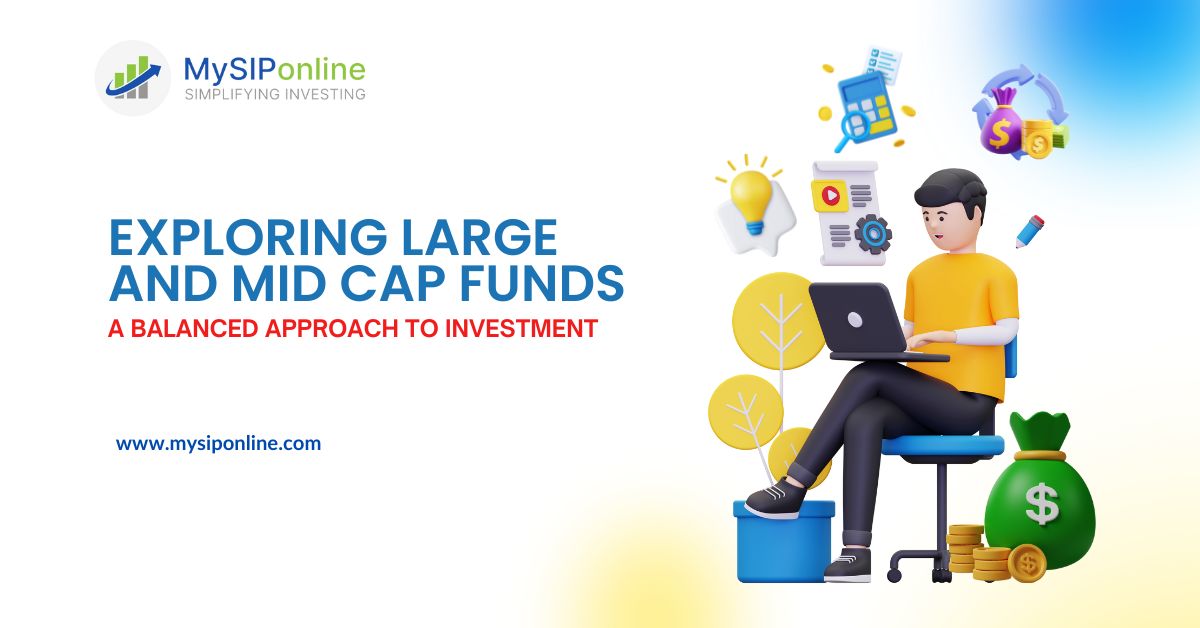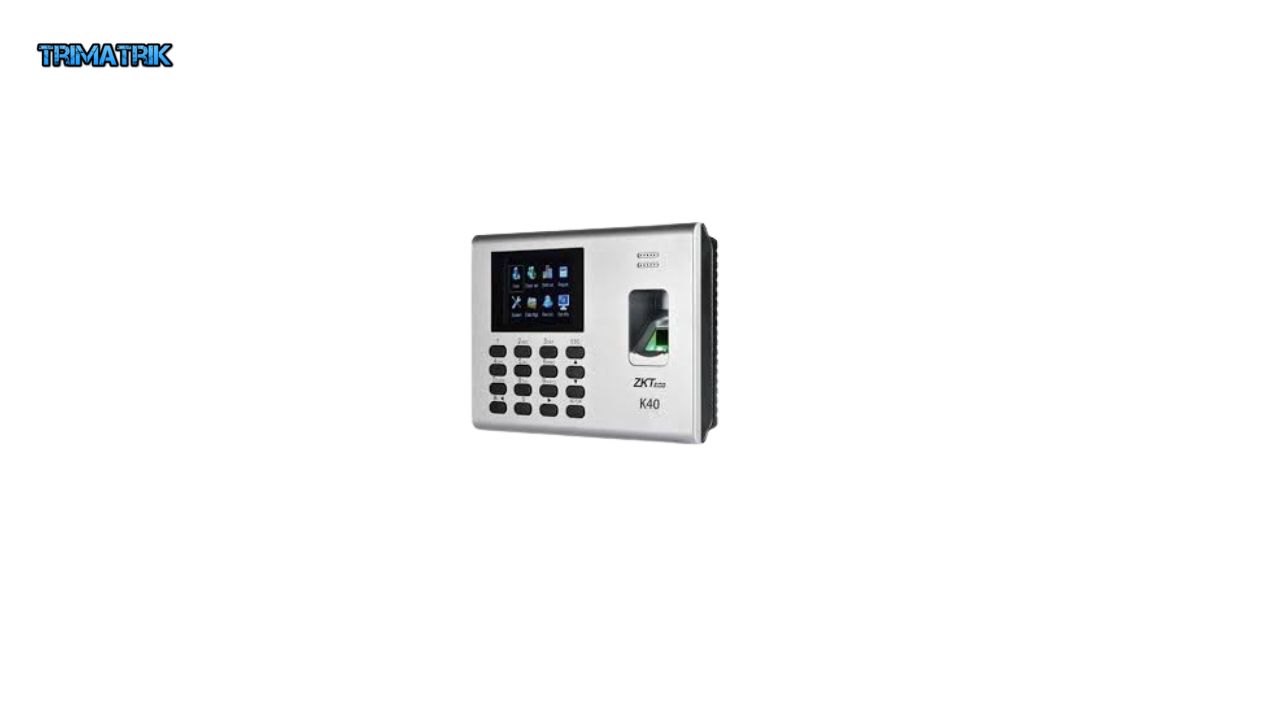Investing is not just about growing your wealth; it’s about achieving your financial goals in a way that aligns with your risk appetite and future aspirations. Among the myriad of investment options available today, large and mid cap funds have emerged as a popular choice for investors seeking a mix of stability and growth. These funds are designed to offer the best of both worlds: the reliability of large-cap companies and the growth potential of mid-cap stocks. Let’s dive deeper into this dynamic category and understand why it might be a valuable addition to your portfolio.
What Are Large and Mid Cap Funds?
Large and mid cap funds are equity mutual funds that invest in a combination of large-cap and mid-cap stocks. According to SEBI’s categorization, these funds must allocate at least 35% of their total assets to large-cap stocks (top 100 companies by market capitalization) and another 35% to mid-cap stocks (companies ranked 101-250 by market capitalization). The remaining portion can be allocated flexibly, allowing fund managers to optimize returns while managing risks.
This hybrid approach ensures that investors benefit from the stability and predictable performance of large-cap companies while tapping into the higher growth potential of mid-cap firms. Large and mid cap funds are particularly suited for investors with a medium- to long-term investment horizon who are willing to navigate moderate risk for better returns.
Key Features of Large and Mid Cap Funds
- Balanced Risk and Reward: Large-cap stocks provide stability during market downturns, while mid-cap stocks offer higher growth opportunities. This blend helps balance the overall portfolio’s risk and reward.
- Professional Management: These funds are managed by experienced fund managers who carefully select and monitor stocks to ensure optimal performance.
- Diversification: By investing in multiple sectors and companies across different market capitalizations, large and mid cap funds reduce the impact of market volatility on the portfolio.
- Growth-Oriented Approach: Mid-cap stocks often represent companies in their growth phase, which can result in significant capital appreciation over time.
Why Choose Large and Mid Cap Funds?
For investors who want to build a well-rounded equity portfolio, large and mid cap funds can be an excellent choice. Here are some compelling reasons to consider these funds:
- Consistency with Upside Potential: Large-cap stocks ensure steady returns, while mid-cap stocks add the potential for higher growth. This combination creates a portfolio that can perform well in various market conditions.
- Suitable for SIP Investors: Systematic Investment Plans (SIPs) make it easy to invest regularly in large and mid cap funds. SIPs help you average out the cost of investment and benefit from market fluctuations over time.
- Tax Efficiency: Like other equity funds, large and mid cap funds are subject to equity taxation, which can be beneficial for long-term investors. Gains held for more than one year are taxed at a lower rate compared to short-term investments.
- Customizable Goals: Whether you’re planning for retirement, children’s education, or wealth creation, these funds offer a balanced approach to achieve your financial objectives.
Factors to Consider Before Investing
While large and mid cap funds offer numerous benefits, it’s essential to evaluate certain factors before investing:
- Risk Appetite: While these funds are less volatile than pure mid-cap funds, they still carry moderate risk. Assess your risk tolerance before committing.
- Investment Horizon: These funds are best suited for medium- to long-term goals (5 years or more). Short-term investors may not realize the full potential of these funds.
- Fund Performance: Evaluate the historical performance of the fund, including its consistency, returns, and ability to beat the benchmark.
- Expense Ratio: The expense ratio impacts your net returns. Choose funds with a reasonable expense ratio to maximize your gains.
- Fund Manager Expertise: A skilled fund manager plays a crucial role in optimizing the portfolio’s performance. Research the manager’s track record before investing.
Top Performing Large and Mid Cap Funds
When selecting the best large and mid cap fund, it’s essential to review their performance history, risk metrics, and portfolio composition. Some funds have consistently outperformed their peers by maintaining a balanced mix of large and mid-cap stocks. Look for funds with a strong track record, low expense ratio, and high-quality portfolio.
Here’s a list of some funds worth considering (always consult a financial advisor for personalized advice):
- Fund A: Known for its consistent performance and lower volatility.
- Fund B: Aimed at high growth, focusing on mid-cap opportunities.
- Fund C: Balances sectoral allocation for diversified risk.
How to Invest in Large and Mid Cap Funds Using SIP
SIPs are a popular and convenient way to invest in mutual funds, including large and mid cap funds. Here’s why and how you should start investing through SIP:
- Benefits of SIP:
- Disciplined Investing: Automates your investments, ensuring regularity.
- Rupee Cost Averaging: Helps mitigate the impact of market volatility.
- Flexibility: Start with as little as ₹500 per month, making it accessible for all investors.
- Steps to Start a SIP:
- Choose a Fund: Research and select the best large and mid cap fund that aligns with your goals.
- Register Online: Most fund houses offer a seamless online registration process.
- Decide SIP Amount and Frequency: Choose an amount and schedule (monthly, quarterly, etc.) based on your financial capacity.
- Track Your Investments: Monitor your portfolio periodically to ensure it’s on track to meet your goals.
Tips for Maximizing Returns
To make the most of your investment in large and mid cap funds, consider these tips:
- Stay Invested: Long-term commitment is key to unlocking the full potential of these funds.
- Diversify Across Fund Categories: While large and mid cap funds provide a balanced approach, diversifying across other fund categories can further mitigate risks.
- Monitor Performance: Periodically review the fund’s performance and make adjustments if needed. However, avoid frequent churn as it can erode returns.
- Consult a Financial Advisor: A financial advisor can help you choose the right funds based on your goals and risk profile.
Conclusion
Large and mid cap funds offer a unique combination of stability and growth, making them a favored choice for many investors. Whether you’re a seasoned investor or just starting your investment journey, these funds can help you achieve your financial goals effectively. With the added convenience of SIP , investing in these funds has never been easier.
If you’re looking for a balanced and growth-oriented investment, now might be the perfect time to explore the best large and mid cap funds available. Remember to evaluate your risk appetite, investment horizon, and financial objectives before making a decision. Happy investing!
Also Read
- ► Corteiz: Redefining Urban Fashion with Bold Streetwear
- ► Canada Study Visa Intakes For International Students (2025)
- ► Enjoy Your YouTube Playlist Offline with YouTube to MP3 Converter
- ► Sports Style Made Easy with Eric Emanuel Shorts
- ► BiliBili APK Your Gateway to Anime and More
- ► Castle APK Your Key to Unlimited Streaming
- ► Significance of Technology in Providing Study Visas To International Students
- ► Onstream Your Ultimate Streaming Destination
- ► Cinema APP A New Era of Mobile Entertainment
- ► How Laravel Framework is Shaping the Future of Web Development?
- ► Website Development Company in India: Everything You Need to Know
- ► Flixfox APK Your Gateway to Free Streaming Entertainment
- ► Freecine APK Unlocking a World of Free Entertainment
- ► SSO ID Portal A Seamless Authentication Experience
- ► Castle APP A Streaming Revolution





